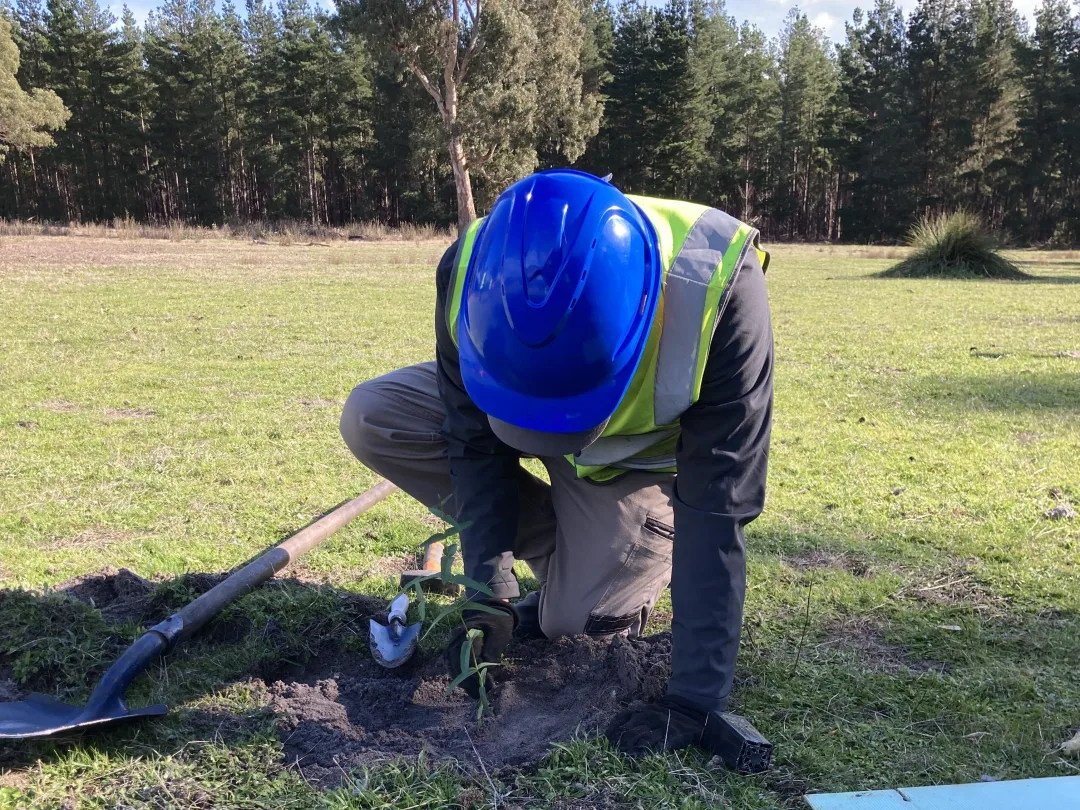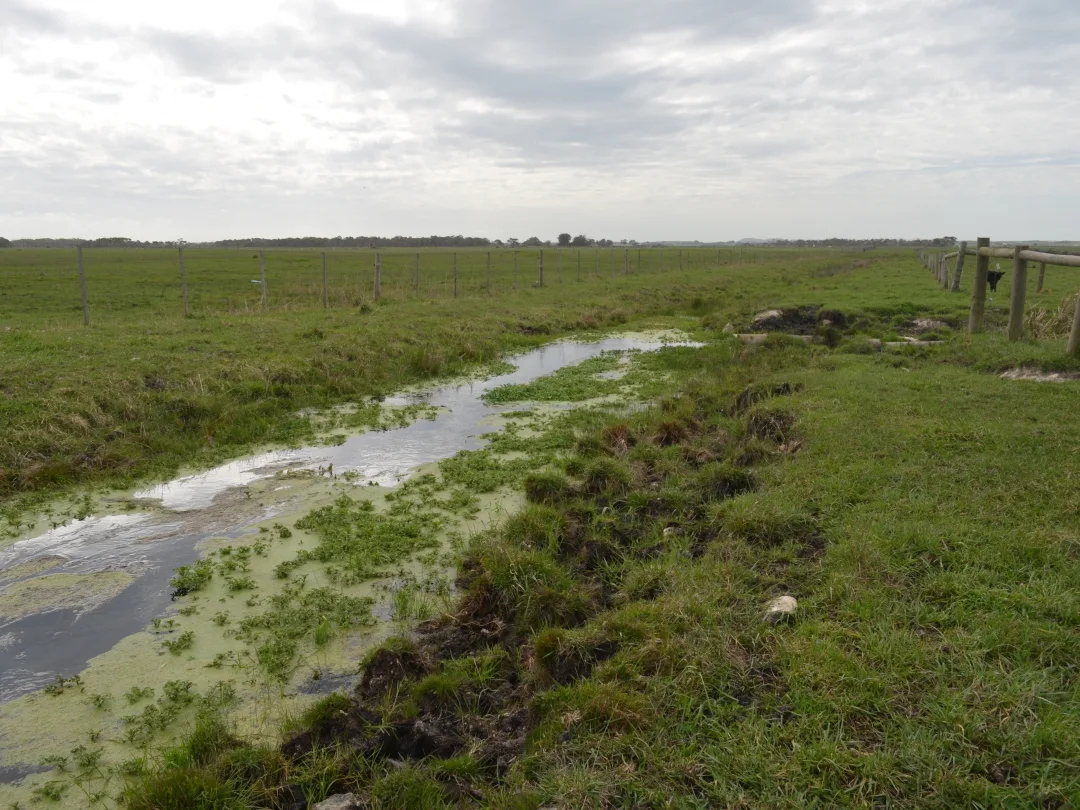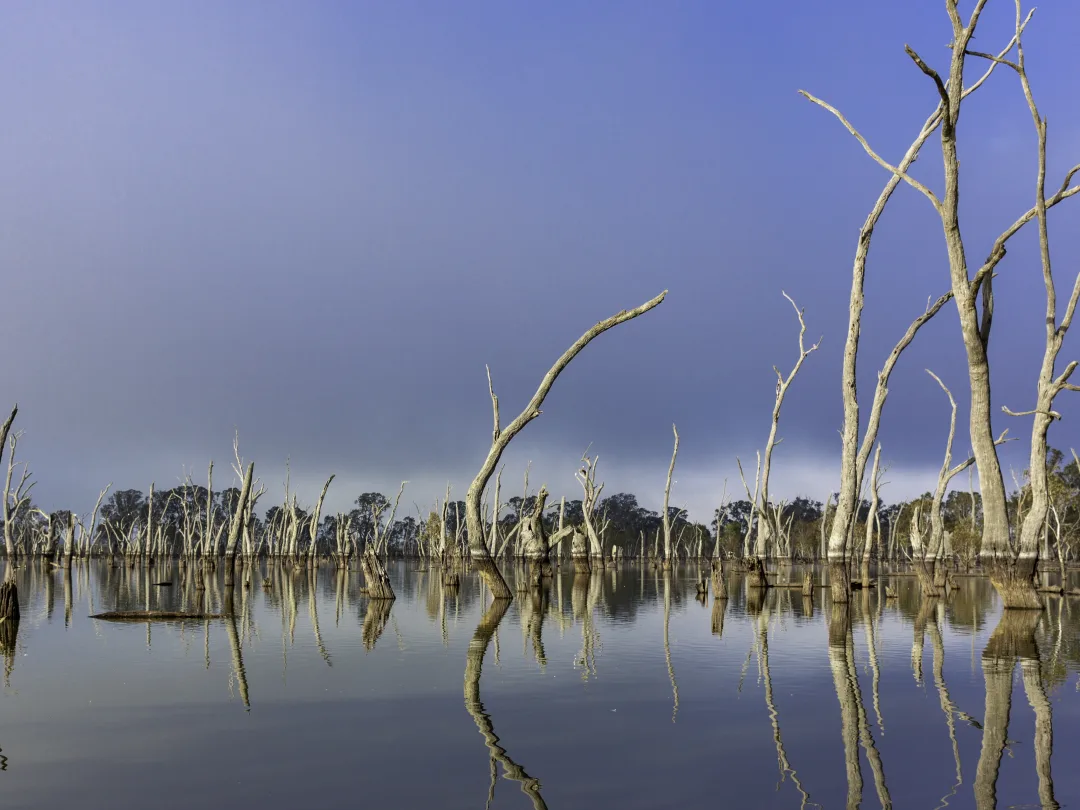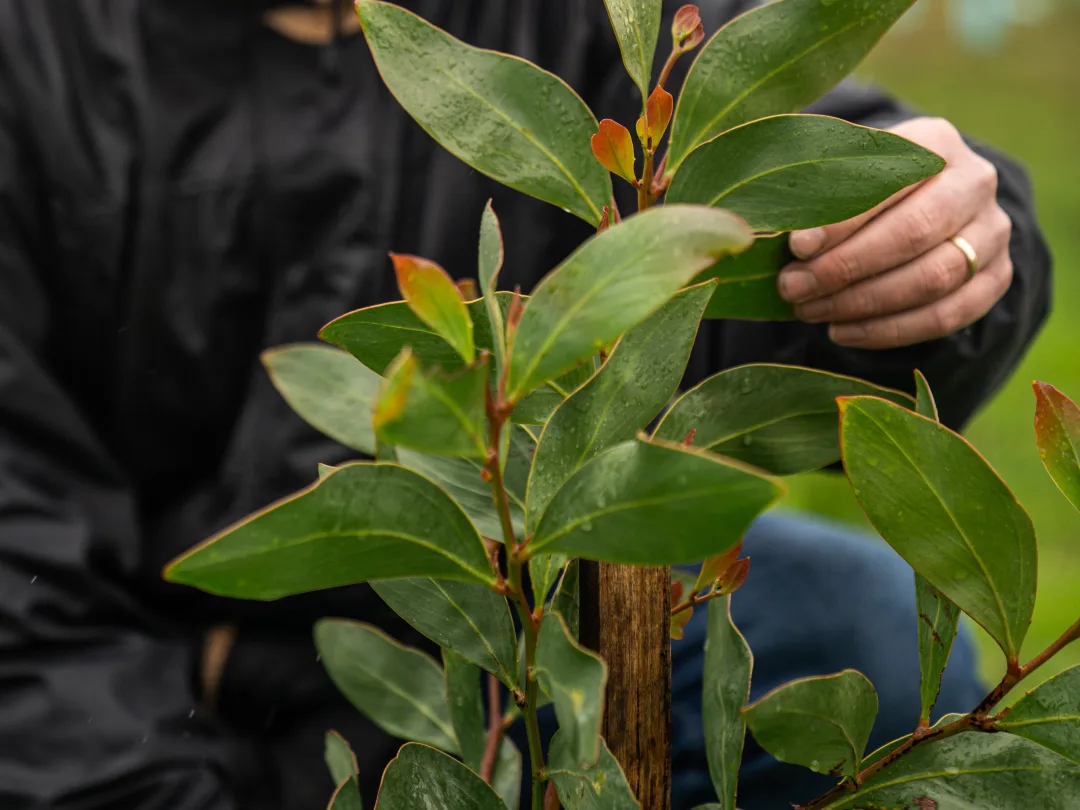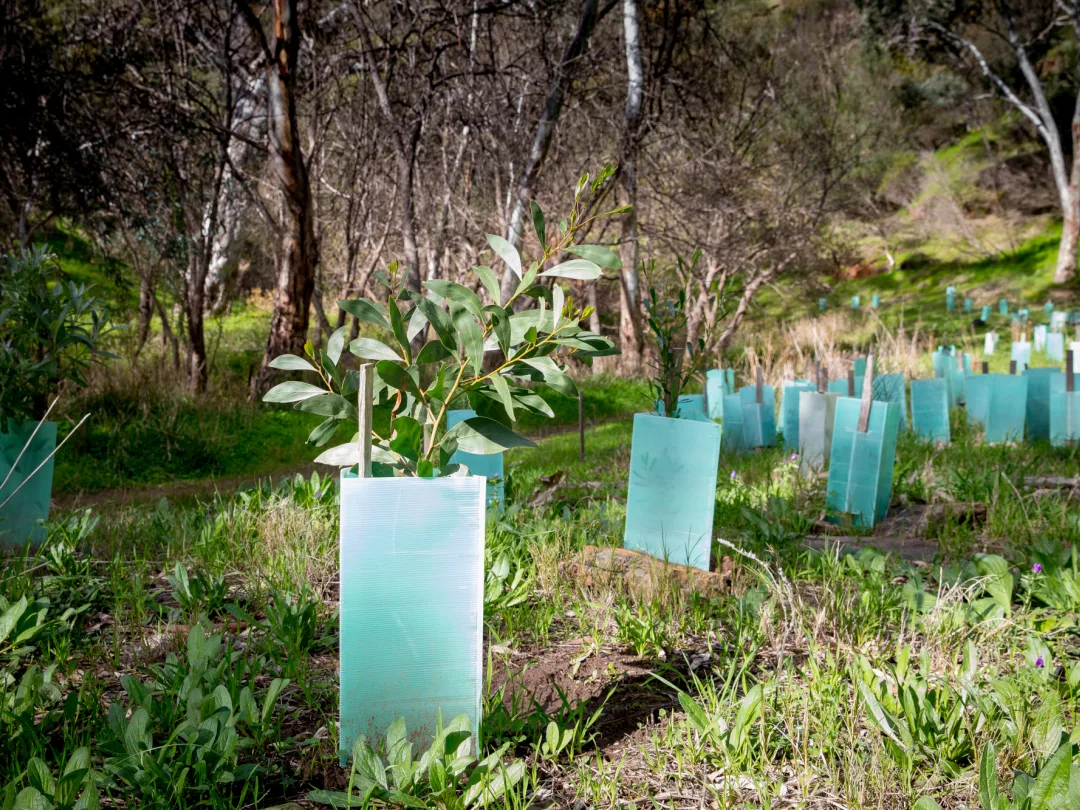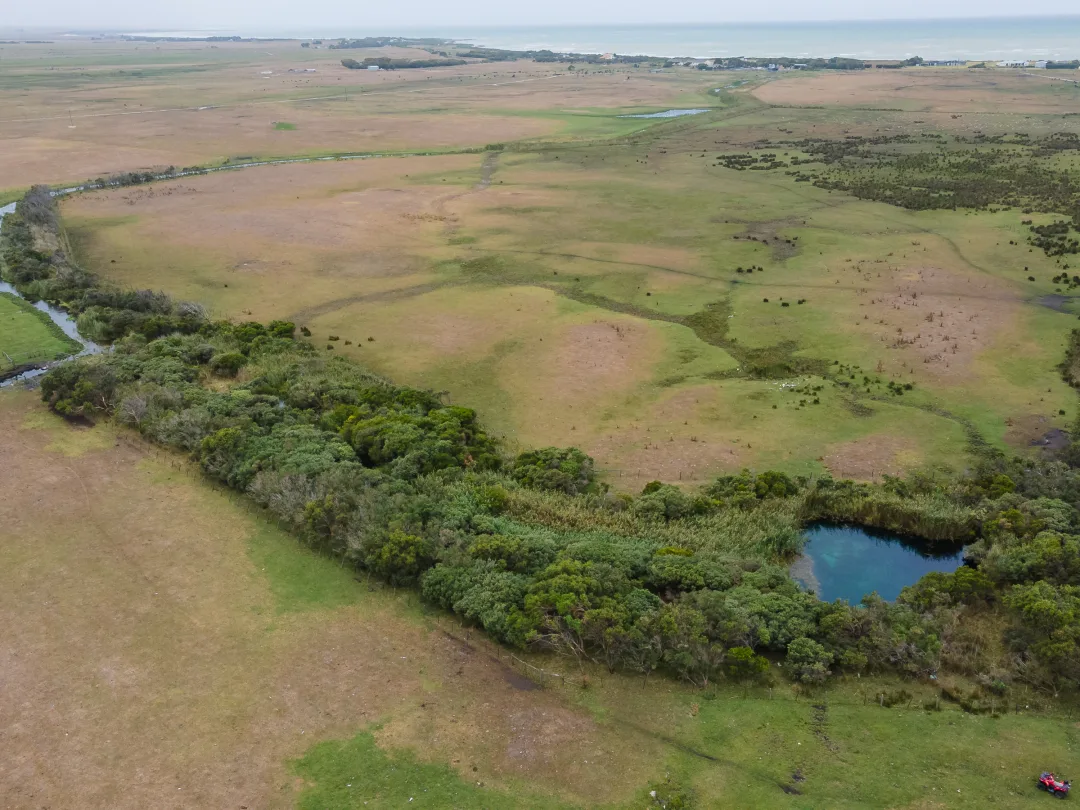Access local knowledge to protect the wetlands in your paddocks
The Limestone Coast Landscape Board will work with you to preserve the wetlands on your property for healthy landscapes and productivity.
If you are seeking to:
- Keep water on your land to reinstate ecological and hydrological processes.
- Fence a wetland on your property to keep stock out.
- Reverse past farming activities, for example, by filling in drains.
- Plant native wetland species in a wetland on your property.
- Limit or eliminate pesticide use near your wetland.
Contact our local Wetland Restoration Ecologist today
Undertaking your own wetland protection
There are many things you can do on your property to protect the puddles in your paddocks. This includes:
- Avoiding ploughing, draining or disturbing the bed of these wetlands, even when they are dry. Disturbance destroys the seed and egg banks of wetland species. Disturbing bodies of water may be a water affecting activity and subject to approvals.
- Avoiding spraying near wetland. Pesticides and herbicides will kill many wetland plants and beneficial insects.
- Controlling pests such as foxes and feral deer.
- Managing stock grazing when wet to reduce the impacts to wetland vegetation. Pugging can lead to loss of wetland species and turbidity.

